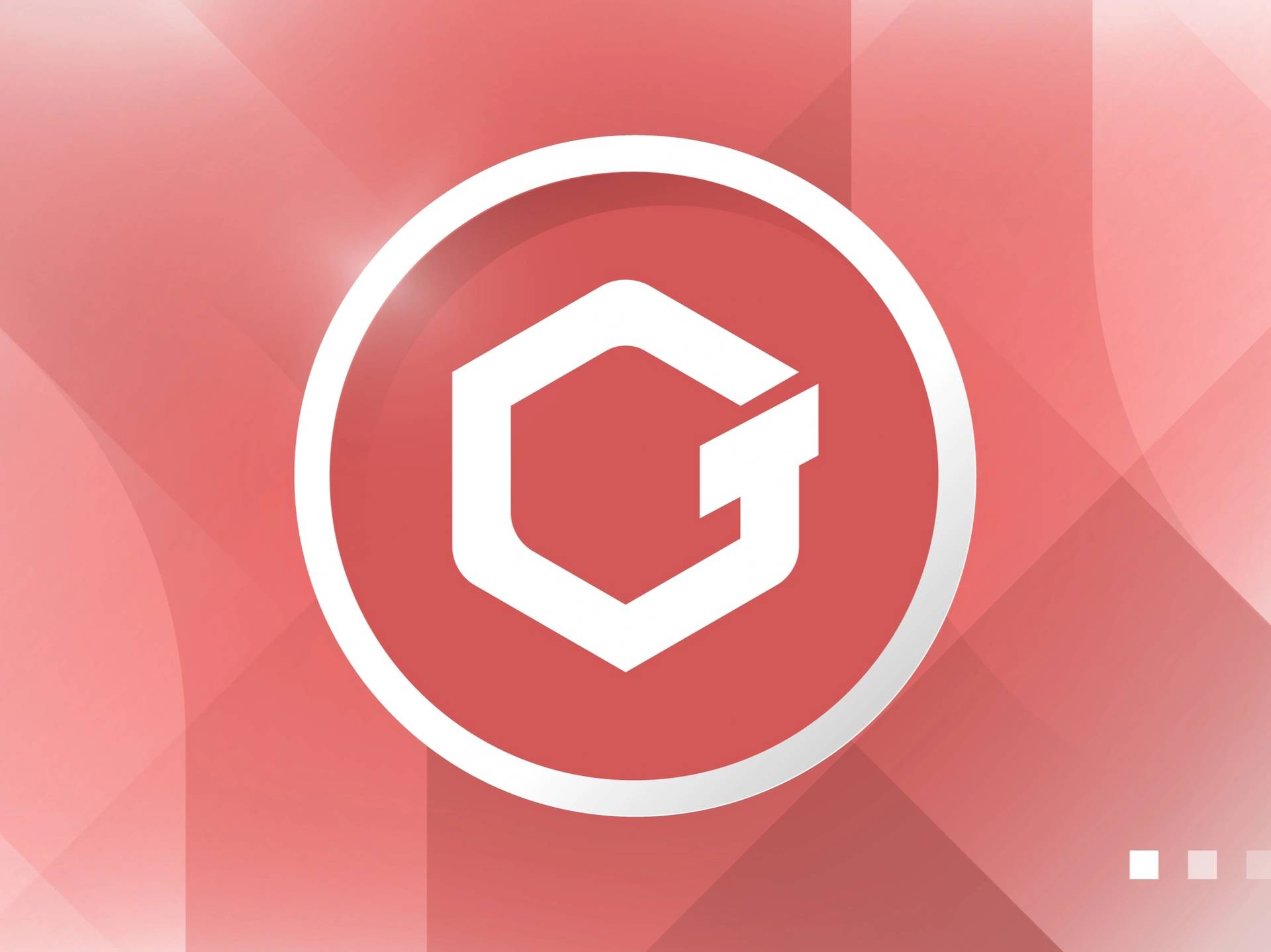위키 구독하기
Share wiki
Bookmark
GateToken (GT)
GateToken (GT)
**GateToken (GT)**는 Lin Han이 설립한 Gate 거래소의 고유한 거래 토큰이자 GateChain 출시 3년 후 Gate에서 채택한 GateChain 퍼블릭 체인의 네이티브 토큰입니다.[1]
개요
Gate Token은 2020년 3월 2일 공식적으로 Gate의 거래 토큰이 되었습니다. Gate Token은 채굴이 가능한 암호화폐가 아닙니다. GT 토큰은 거래 가능한 ERC-20 거버넌스 토큰입니다.
GT 출시
2019년 4월 8일부터 4월 15일까지 Gate는 Gate Points 발행을 통해 자체 GT 토큰을 출시하기 위해 6,400만 달러를 모금했습니다. 이 Gate Points는 BTC, USDT, ETH, BNB, Huobi (HT) 및 기타 암호화폐로 구매할 수 있었습니다.
사용자는 구매한 Gate Points를 수수료 할인에 사용하거나 GateToken(GT)으로 교환할 수 있었습니다. 일주일 만에 거래소는 Gate Point 보유자에게 약 1억 6천만 개의 토큰을 배포했습니다. Gate Points 구매 주문 총액은 약 30억 달러에 달했습니다. 결과적으로 Gate Point 구매자는 약 10억 GT를 받았습니다.
2019년 4월 21일 GT 거래가 시작되었으며, GT/USDT 및 GT/BTC 페어로 교환되었습니다.[7] 나중에 다른 암호화폐에서 GT를 허용하는 거래 페어는 GT/ETH, GT/BNB, GT/ADA가 되었습니다.
토큰 용도
거래 할인
Gate 거래소에서 GateToken을 보유한 사용자는 Gate 플랫폼에서의 토큰 할당에 따라 더 큰 거래 수수료 할인을 받습니다.
조기 토큰 접근
GateToken 보유자는 Gate 거래소에 상장되기 전에 토큰에 대한 조기 접근 권한을 받습니다. 사용자는 상장되는 토큰에 대한 조기 접근 권한을 얻으려면 GT 토큰을 스테이킹해야 합니다.
GateChain DeFi
사용자는 GT를 사용하여 다양한 추가 DeFi 보상을 얻을 수 있습니다. 따라서 GateToken(GT)은 GateChain에서 탈중앙화된 디지털 자산으로 사용될 수 있습니다. 사용자는 스테이킹, 유동성 풀 및 수익 농사를 포함한 다양한 DeFi 상품에 참여할 수 있습니다. 거래 수수료도 GateToken으로 지불됩니다.[2]
기능
이체 결제
지갑이나 클라이언트 측 앱을 사용하여 사용자는 GT와 인기 있는 온체인 자산을 주고받을 수 있습니다.
자산 발행
사용자는 자산을 디지털화하고 관리하기 위해 자체 토큰을 발행할 수 있습니다.
다중 서명
여러 개인이 계정 소유권을 공유하고 관리를 사용자 지정할 수 있으며, 기업 및 가족 요구 사항 모두에 적합합니다.
자산 안전 보관
독창적으로 설계된 금고 계정과 청산 메커니즘을 통해 계정은 비정상적인 거래에 대응하는 해지 기능으로 100% 안전하게 보호될 수 있습니다.
PoS 합의 메커니즘
GT는 스테이킹에 참여하는 사용자에게 안정적인 인센티브 역할을 하여 기반 생태계의 건전성과 안정성을 보장합니다.[8]
사용 사례
GT의 온체인 기능은 주로 다음과 같습니다.[4]
- 온라인 이체 수수료 지불. GateChain은 사용자가 지갑과 클라이언트를 사용하여 GT 및 기타 온체인 자산을 주고받을 수 있도록 지원합니다.
- GT는 GateChain의 PoS 채굴 보상입니다. 블록체인의 안정성을 보장하기 위해 GateChain은 사용자가 PoS 채굴에 참여하여 안정적인 수익으로 GT 보상을 얻도록 장려합니다.
- GateChain을 통해 사용자는 자산을 디지털화하고 GT를 운반체로 사용하여 자체 디지털 자산을 관리하기 위해 자체 토큰을 발행할 수 있습니다.
Gate 웹사이트에서는 다음과 같이 설명합니다.[9]
Gate 생태계의 중요한 부분으로서 GT는 VIP 등급 상승, 거래 수수료 차감, 독점 활동 참여 등에 사용될 수 있습니다. Gate는 GT에 더 많은 응용 프로그램과 사용 사례를 추가하여 고유한 가치를 향상시킬 것입니다.
토큰 소각 메커니즘
Gate의 유틸리티 토큰으로서 GT의 가치는 Gate.io의 발전과 깊이 연결되어 있습니다. Gate.io는 시장에서 GT를 재매입하고 소각하여 GT의 가치를 보장합니다. 2019년 8월 27일 Gate.io는 처음으로 19,467,230 GT를 소각했으며 그 이후로 중단 없이 GT를 공개적으로 소각하고 있습니다.[6]
투자자의 권리와 이익을 더욱 보장하기 위해 Gate는 2020년 9월 1일부터 통화 거래 수익의 15%를 사용하여 2차 시장에서 유통되는 GT를 재매입하고 있습니다. 또한 재매입 수익의 5%는 GT R&D, 마케팅 및 생태계 홍보에 사용됩니다. 이러한 GT는 시장에 다시 유입되지 않습니다. 총 재매입 비율은 최대 20%입니다. GT 재매입 비율은 시장 및 업계 상황에 따라 4년마다 증가 또는 감소합니다.
2022년 6월 2일 현재 Gate는 스타트업, 상장 요청 투표, 코인 담보 소각 및 미유통 GT 소각을 통해 1억 5천만 개가 넘는 GT를 소각했습니다.[10]
잘못된 내용이 있나요?
